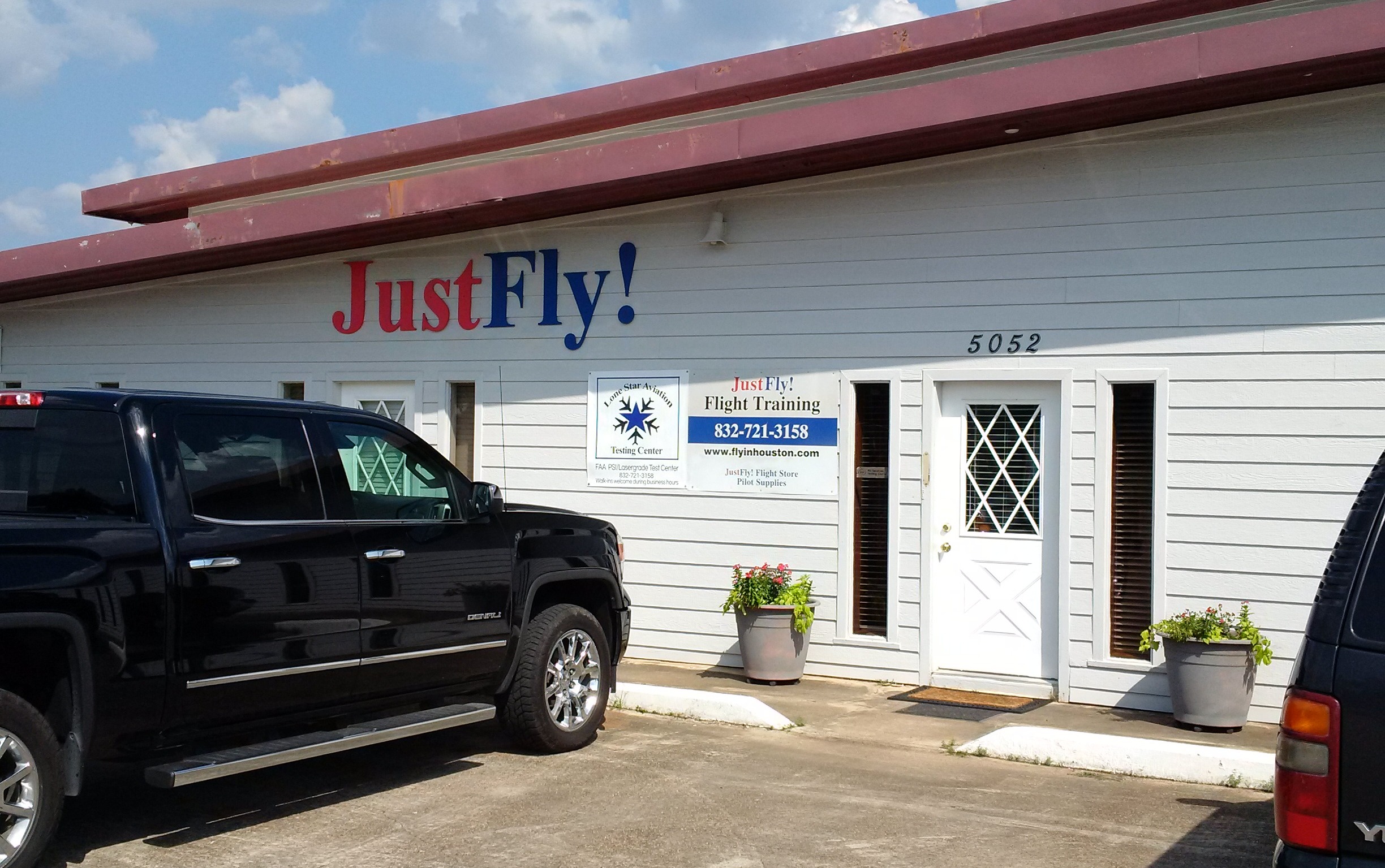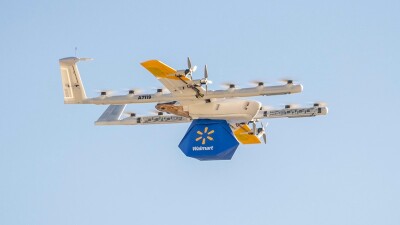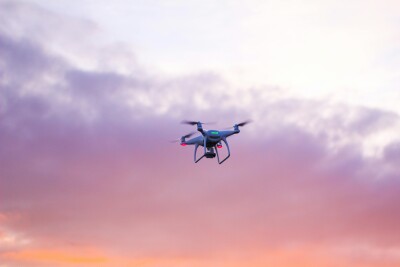Aviation has been with us for over a hundred years and in all those years the young men and women who dreamed of becoming pilots have attended flight schools to learn the basics of flying and to obtain their licenses. Since their inception, these training institutions have had to teach the theoretical component of flying, such as basic aerodynamics, along with explaining how to deal with weather and logistics associated with the physiology of high altitude. These schools have also had to train students about the complexity of driving a vehicle in a three dimensional environment.
Now these same schools have been thrown into the turmoil of the next aviation revolution: unmanned aerial vehicles, also known as UAV’s. In other words, the institutions that have been teaching people how to fly since the early 1900’s are now faced with the task of teaching a new generation of aspiring pilots but with a major twist since these pilots-to-be will not be onboard their flying machines.
This important difference brings with it unique challenges that flight training centers are facing head on.
Part 107 came into effect on August 29, 2016 and, according to the FAA, over 13,000 people have applied to take the knowledge test since then. The original estimate of the federal agency for 2016 was 15,000, and that number will clearly will be surpassed by the end of the year. At the time of this article, 5,080 people have passed the test and 709 have failed it which gives us a very good 88% pass average. But let’s put these numbers in perspective.
According to the Aircraft Owners and Pilots Association (AOPA), there are 2,301 flying schools in the USA. Last year 49,062 people obtained their student pilot licenses and 84,905 obtained their pilot’s licenses (this number includes private, commercial, gliders and helicopters). If the FAA received over 13,000 in less than a month for Part 107, we might see the number of licensed pilots, manned and unmanned, double in less than a year.
That grand total is significant, but so is the fact that the requirements of Part 107 differ greatly from all other flying categories in many ways. The most notable is that actual flying is not part of the curriculum or the test. What the FAA and all other civil aviation authorities throughout the world are trying to accomplish is to familiarize UAV pilots with the flying environment they will be sharing with manned aircraft.
Why is this important? The simple answer is that professionals of the air share a common frame of reference and a common lexicon which allows them to communicate and make life and death decisions in seconds. Without this common frame of reference, communications between pilots and air traffic controllers will take a significantly longer amount of time, which will jeopardize safety.
When we take to the skies we’re all bound by a sacred duty to the safety of those aboard but also to those on the ground. That same duty exists for both manned and unmanned flying machines, as we all need to accept the fact that any type of flying machines is destined to come back to Earth one way or another. It’s our duty to make that transition safely in light of this new environment that features manned and unmanned aircraft. That’s where flying schools come in.
Part 107 requires that the future remote pilot in command (RPIC) is familiar with the flying environment of the USA, aviation weather basics and is knowledgeable of the terminology of both pilots and air traffic controllers to communicate efficiently and expeditiously. All of those things are what flying schools have been and are continuing to focus on, and Commercial UAV News recently sat down with Robert and Mary Cunningham, the owners of Just Fly! Flying School (
http://www.flyinhouston.com/) at the Lone Star Regional Airport (KCXO) in Conroe, Texas, to discuss the changes that Part 107 have brought to their business.

Robert Cunningham and one of his young students in his 1973 single engine Grumman
: We started teaching aspiring UAV pilots in early January when we received numerous requests for Exemption 333 training. But nothing compares to what happened after August 29!
Mary Cunningham: We have currently 9 students enrolled in our Part 107 class and every week we receive new requests. We’re also a certified PSI testing facility so people can come and take the test without necessarily attending classes here. So far we’ve had 15 people taking the test with only 2 failing.
Can you elaborate on this new generation of students?Robert Cunningham: People who come here for Part 107 are very interested in learning the material and not just passing the test. They come to learn about operating limitations, right of way, waivers, national airspace system, airport operations, weather, emergency procedures and in general to be safe while operating their UAV’s. It’s a lot of material and they want to learn it well, that’s why they have selected to attend classes as opposed to just watching a DVD.
Can you tell us a bit more on the difference between DVD products and face-to-face classes with a live instructor?Robert Cunningham: Oh, there’s no comparison. These people have a lot of questions about everything! For them, this is the first time they get to hear about all this material and given their eagerness to learn, they have hundreds of questions. I can’t imagine these folks learning as much by watching a DVD or taking an online course.
Mary Cunningham: Given the cost of our course vs. the cost of the DVD equivalent, we are more cost effective at just $275 for 6 hours. (Editor’s note: The price for a DVD course is $399.)
I believe the fine for an unregistered UAV is $17,000 (Editor’s note: in reality it’s $27,500;
https://www.faa.gov/uas/faqs/) and these people are professionals doing a job, so they are trying to avoid penalties at all costs. Imagine the fines for airspace incursion or accidents! Our students are learning the basics in order to be compliant with the new rules and regulations and in the process avoid potential penalties and fines.
In what specific areas are these students having difficulty?Robert Cunningham: Mostly with weather and NOTAM’s but also FAA rules and airspace classification.
Mary Cunningham: Lots of difficulties with sectional maps!
How do you feel about the fact that there’s not a practical flying component to this course?Robert Cunningham: Well, it’s certainly different than Part 61 for private pilots. Given that Part 107 does not require the RPIC to be ‘actually’ operating the controls of the UAV, there’s an added level of complexity in which we all want those operators to be safe. The only way we are going to accomplish this is by either teaching them or making sure they are accompanied by a licensed RPIC who is in control of the flight at all times. Our primary responsibility as a flight training center is to make sure these RPIC’s are knowledgeable and understand the implications of managing a flying machine during their commercial operations.
Is there a difference in demographics between these new students in comparison with the more traditional private pilot student?Mary Cunningham: You’ll be surprised! They are almost universally in their forties or fifties and some of them are obtaining their licenses to help their wives with their businesses. Apparently, there is a boom in real estate photography from drones and these men are learning to fly legally to help their spouses.
Robert Cunningham: We have more young people coming in for private pilot lessons but the students for Part 107 are, almost without exception older than 40.
How long did it take you to develop the curriculum for Part 107?Robert Cunningham: (smiling) 25 years.
The bottom line is that Part 107 is rapidly becoming an integral part of the flying school curriculum and as such it guarantees that future UAV and professional pilots will be trained at the same facilities and using the same basic books and learning tools. What’s more important is that the mingling of students for both manned and unmanned vehicles likely means that these future professionals of the air will have a common language and a common understanding of the environment in which their duties will be exercised.All of it is good news to the UAV community in particular, and the flying public in general. 















Comments